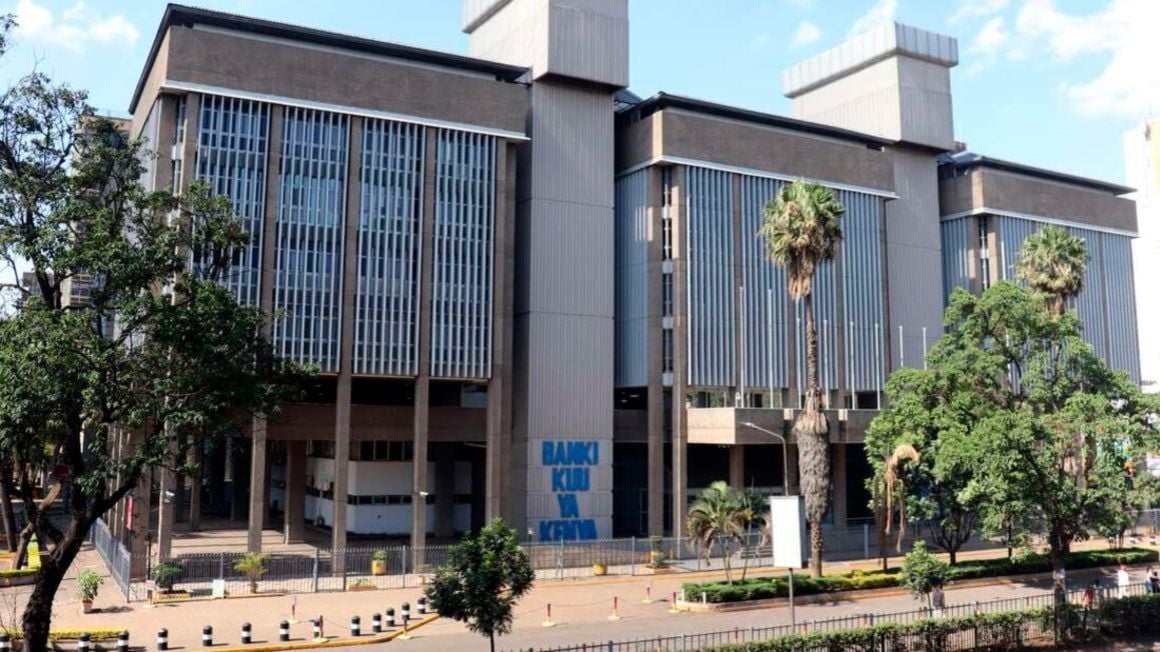
The Central bank of Kenya, Nairobi. FILE PHOTO | DENNIS ONSONGO | NMG
Tier one banks have bumped up the cover for bad loans by Sh14.92 billion or 24.8 percent as the ratio of non-performing loans start rising again.
An analysis of the nine top banks’ balance sheets in the year ended December 2022 shows the lenders’ loan-loss provision costs grew to Sh75 billion from Sh60.1 billion in 2021.
This was a reversal from a 45 percent drop in the loan-loss provisioning costs, which stood at a higher Sh109.4 billion in 2020.
Following the initial hit of the Covid-19 scourge in 2020, banks released most of their loan-loss provisions back into profits as writebacks but have now been forced to re-provision as gross non-performing loans (NPLs) tick upwards again.
Data from the 2022 Tier I banks analysis shows gross NPLs rose by 15.1 percent last year to Sh446.5 billion representing 13.4 percent of the bank’s Sh3.33 trillion loan book at the end of the period.
Recent data from the Central Bank of Kenya (CBK) shows the industry’s NPL ratio hit 14 percent in February in contrast with 13.7 percent in December.
Equity Group has led the way in growing the loan-loss provision costs by 163 percent to Sh15.4 billion from Sh5.8 billion in 2021.
Banks such as Standard Chartered have nevertheless bucked the trend after cutting its loan-loss provisioning costs by 36.5 percent in 2022 to Sh1.3 billion even after trimming the cover by a further 46.4 percent in 2021.
Various banks have differed on the approach taken to provide for expected credit losses under the IFRS9 provisions leading to differing outcomes on levels of loan-loss provisioning.
“We think that we have provided and that our NPL ratio is coming down even though we have securities on loans. We have taken the judgement that we may not realise those securities fully as current market conditions may not allow for liquidations in the unfortunate event and so we have increased our cover,” Absa Bank Kenya Interim Chief Finance Officer Moses Muthui said last month.
Absa Bank Kenya has raised its loan-loss provisioning costs by 37.6 percent from Sh4.7 billion to Sh6.47 billion on what the bank terms as taking reasonable caution and prudence as ‘roads become slippery’.
The CBK has warned that the NPL ratio could rise above the current ratio over the near term as businesses face a difficult operating environment even as the apex bank seeks NPLs cooling off over the medium term.
“We do not expect that there may be possibly even an increase in NPLs given the difficulties indicated to us in our various surveys but we expect the levels to come down as the situation normalizes,” CBK Governor Dr Patrick Njoroge, said.
“NPLs have increased because of the difficulties that some of these borrowers are having in their own sectors.”
Among concerns listed by CEOs through a survey conducted in March include high inflation, a weaker shilling, prolonged drought, cost of credit and the shortage of raw materials.
Nevertheless, the CBK does not expect the elevated loan default rate to present an inherent risk to the banking industry.
“The banking sector remains stable and resilient, there is liquidity and capital,” added Dr Njoroge.
The rising interest rate environment is, however, expected to pack pressure on dud loans with customers expected to face difficulties in repaying loans at steeper rates.
At the end of March, the CBK for instance reset its benchmark lending rate to 9.5 percent from 8.75 percent as a counter-inflation measure which set the stage for costlier loans.
Meanwhile, the return on government securities which is widely regarded as the risk-free rate and from which banks set their interest rates has been on the rise as investors demand a premium to hedge against the erosion of returns from inflation.
The average commercial bank lending rate surpassed the 13 percent mark for the first time since July 2018 in February this year from movements in both the risk-free rate and the Central Bank Rate.
In November, Moody’s tipped Kenyan borrowers’ capacity to make repayments on loans to dip from a combination of higher inflation and interest rates and reduced government spending.
“The combination of high-interest rates and rising inflation confer a mixed blessing on Kenyan banks. On one hand, higher loan volumes and lending rates will boost profitability, while on the other, credit risk will rise, pushing up problem loans and loan-loss provisions,” the investor service said in a note.
Commercial banks have nevertheless heightened recovery efforts to include private settlements with the view of filtering out the NPLs.
→ kmuiruri@ke.nationmedia.com




No comments :
Post a Comment